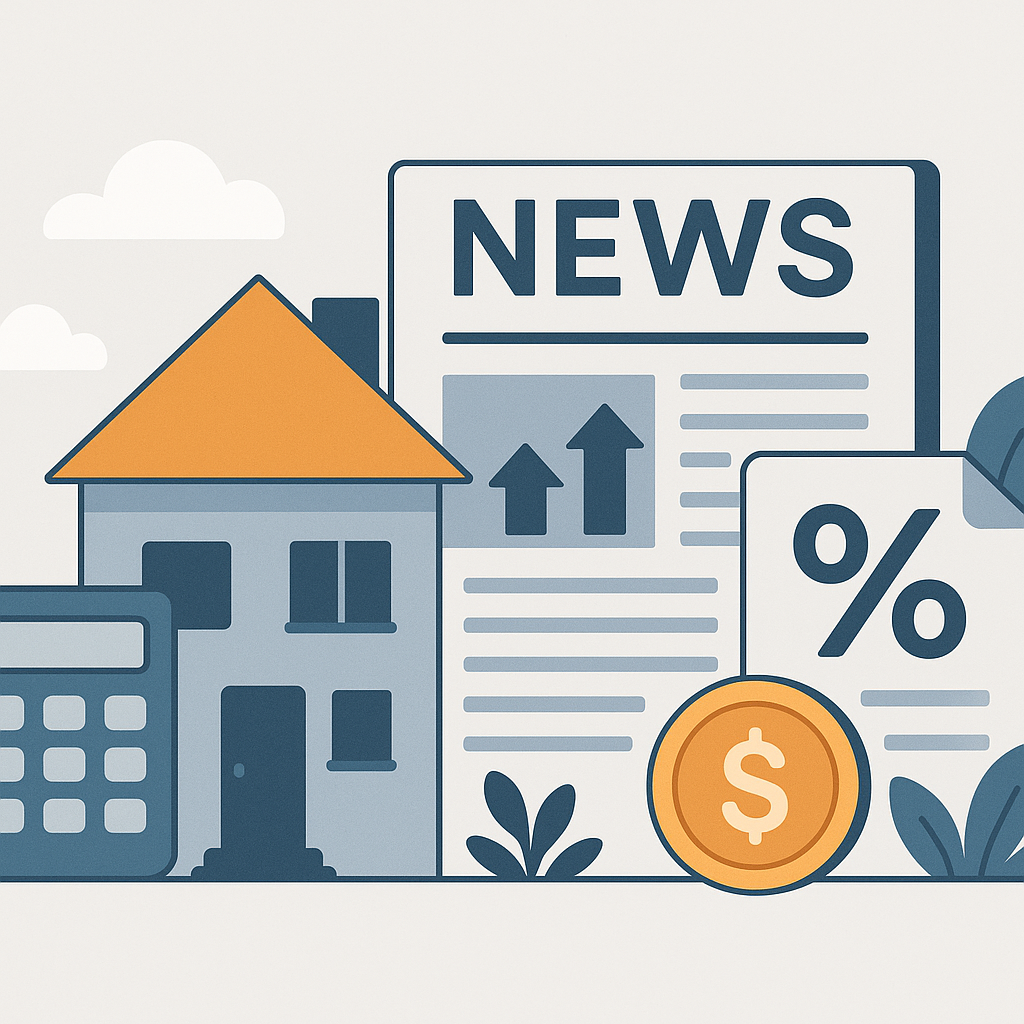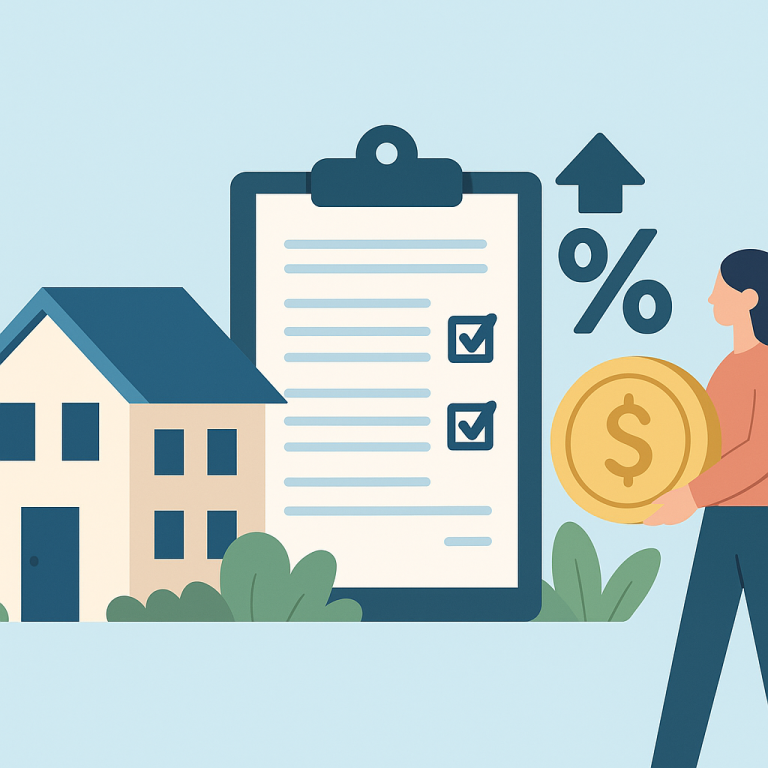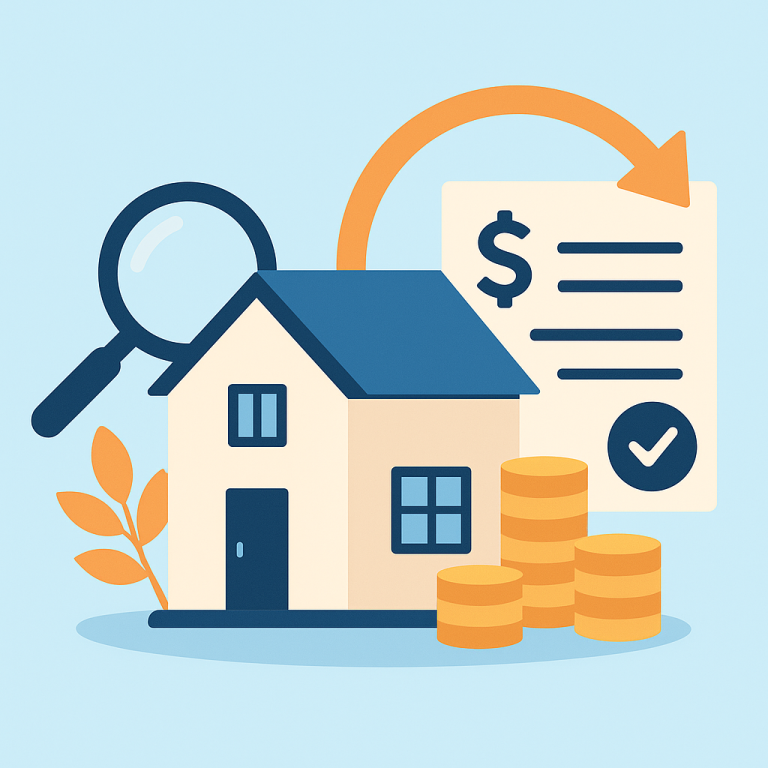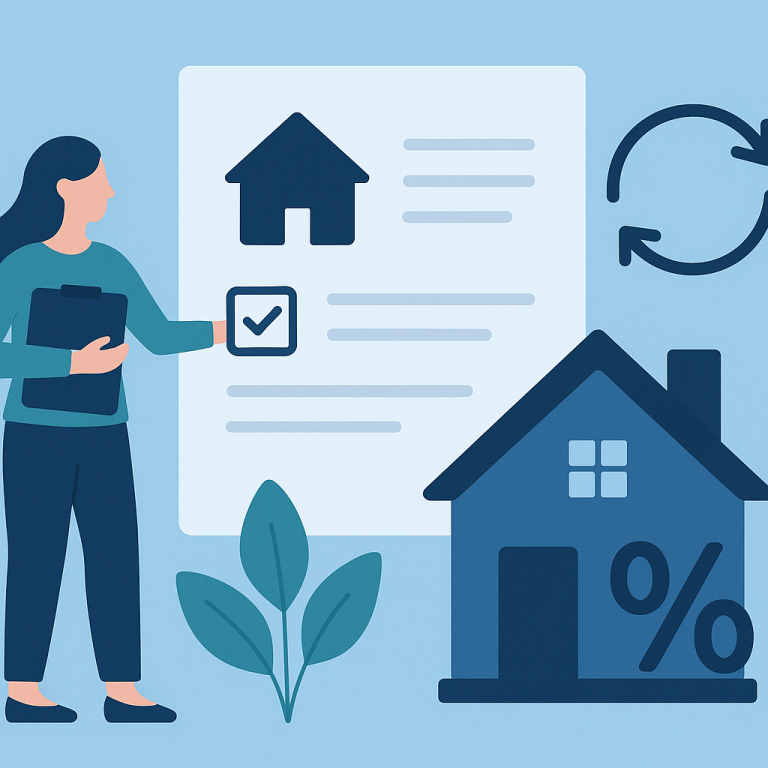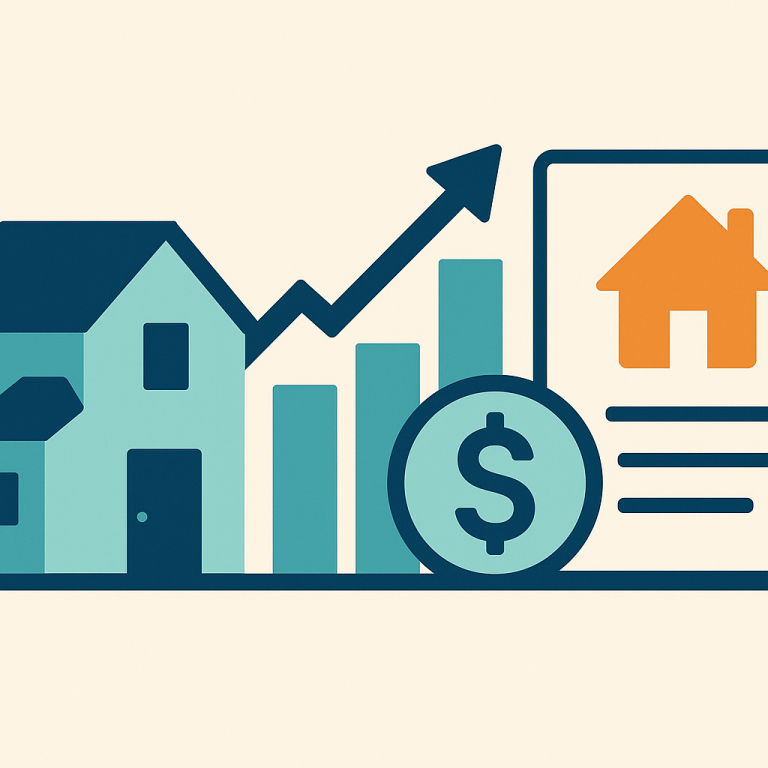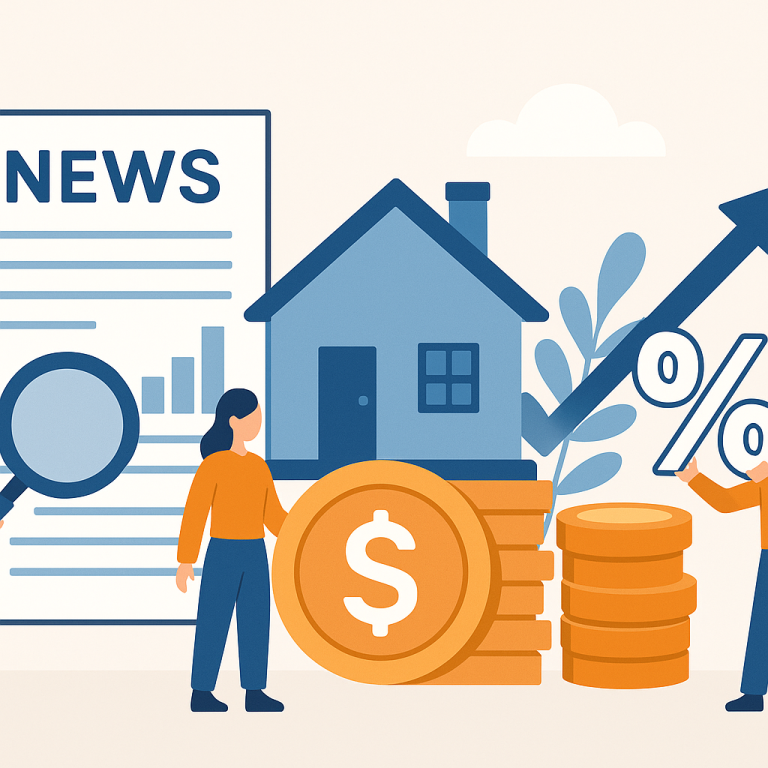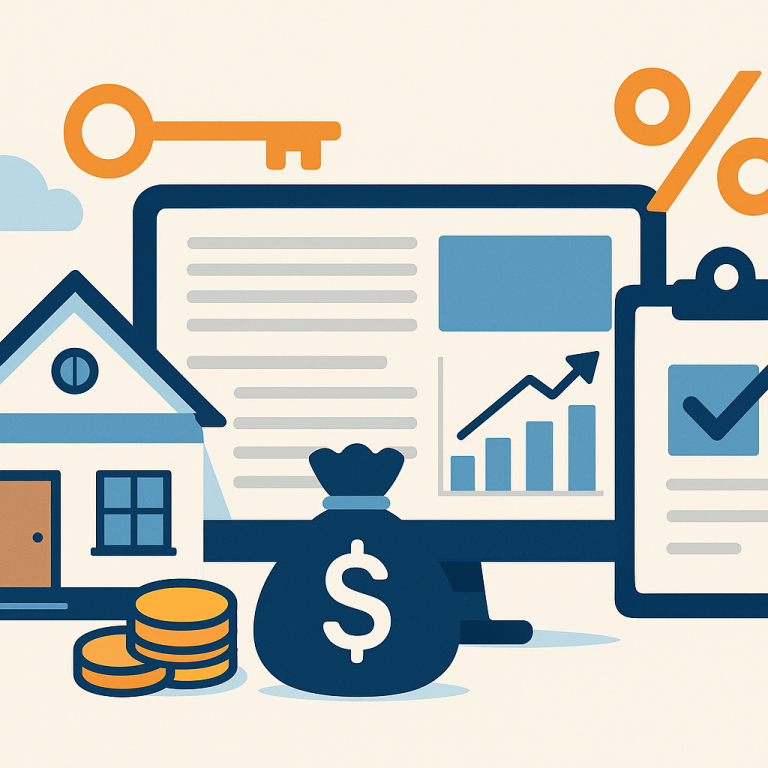MBA Reports Refinance Applications Plunge 18% In June As Mortgage Rates Rise
At a glance: The latest mortgage rate move and how it could affect refinancing decisions.
Mortgage rates have shifted. The effect depends on a borrower’s current loan rate, term remaining, and goals.
What the Rate Move Means for Borrowers
As mortgage rates fluctuate, many homeowners face the question of whether refinancing still makes financial sense. When headline rates are elevated compared with recent years, the calculus shifts: refinancing is no longer an automatic route to savings for most borrowers, but it can still be the right move under specific circumstances. This article explains the key considerations and offers practical takeaways for homeowners evaluating a refinance today.
Why refinance now?
Refinancing remains a useful financial tool when it aligns with a homeowner’s objectives. Common reasons include lowering monthly payments, reducing the total interest paid over the life of the loan, converting an adjustable-rate mortgage to a fixed-rate product for stability, shortening the loan term, or extracting equity for home improvements or debt consolidation. In a higher-rate environment the expected benefit is more constrained, so purpose and timing matter more than ever.
When refinancing typically makes sense
- Meaningful interest-rate improvement: If the new rate represents a meaningful reduction compared to your current rate, the savings can justify upfront costs.
- Change in loan structure: Switching from an adjustable-rate mortgage to a fixed-rate loan can offer predictability that some homeowners prioritize regardless of small rate differentials.
- Improved credit profile: A significant improvement in credit score since you originated the mortgage may qualify you for more favorable terms.
- Short remaining mortgage horizon: If you intend to stay in the home long enough to recoup closing costs, refinancing can be advantageous.
- Debt consolidation or cash needs: Using a cash-out refinance to consolidate high-interest debt or finance major home projects can be worthwhile if the overall cost of borrowing is lower than alternatives.
Costs and trade-offs to evaluate
Refinancing incurs upfront costs—appraisal, origination fees, title work and closing charges—that can offset short-term savings. Homeowners should calculate the break-even period: how long it will take for monthly savings to cover those initial expenses. Also consider whether refinancing to a longer term increases total interest paid over the life of the loan and whether prepayment penalties apply on the existing mortgage.
Practical steps for homeowners
- Gather current loan information, recent pay stubs, tax documents and a record of home equity.
- Request multiple rate quotes from lenders to compare not just interest rates but total estimated closing costs and fees.
- Calculate the break-even period and run scenarios for different loan terms to see long-run effects.
- Consider non-rate benefits, such as switching to a fixed rate or consolidating higher-interest debt.
- Factor in personal plans—moving, major life changes or the likelihood of refinancing again—before committing.
Homeowner takeaways
- Refinancing can still be beneficial even when market rates are higher, but the threshold for action is higher too.
- Focus on clear objectives—monthly savings, stability or tapping equity—and measure those benefits against upfront costs and time horizon.
- Compare offers from multiple lenders and evaluate total loan cost, not just the headline rate.
- Run a break-even analysis and consider how long you plan to remain in the home before deciding.
Refinancing in a higher-rate environment requires a deliberate evaluation of costs, benefits and personal goals. Homeowners who approach the decision with clear objectives and careful comparison-shopping are best positioned to determine whether a refinance will improve their financial situation.
META: refinance, mortgage, homeowners, interest rates, refinancing decisions

